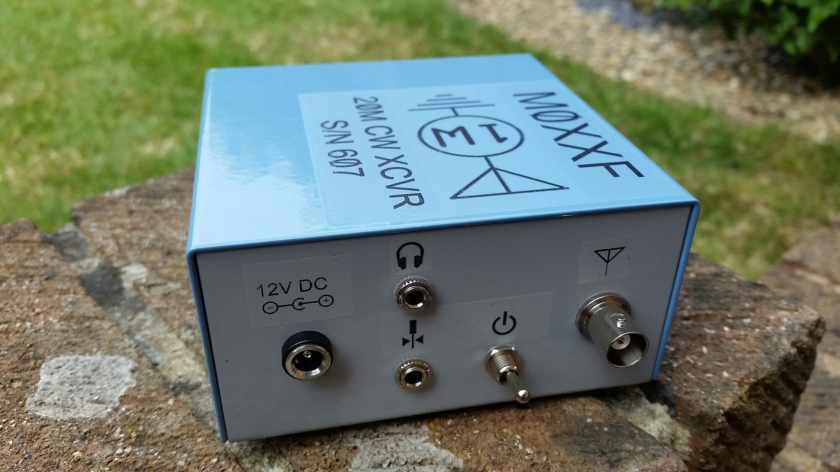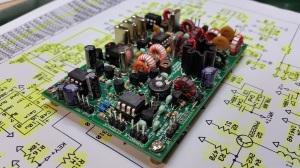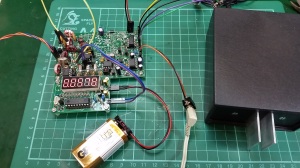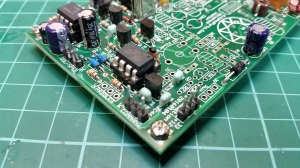Having spent a lot of time building my 1 Watter I wanted it to look half decent in its enclosure and had a good look around at my options for labeling up the case with something funky to do it justice.
As big a fan of the old Dymo labeller as I am, I’ve never been 100% happy with the finish I’ve achieved when I’ve used them. Although functional they’ll never win any prizes.
A bit of research unearthed the idea of custom decal printing. This is something I’d never even considered. Bearing in mind the number of Airfix models I built as a kid, it never crossed my mind that things in that department had evolved with the whole IT concept of “print your own”.
My favoured option would have been to use the media which you run through a laser printer to give the most crisp output, but not owning one and in a similar vane to the Dremel bench saw project, I wasn’t about to go and buy one for a single job, so left it in the hands of my Epson Stylus Photo R360 to see what it would do with the ink jet media.
Mr Decal Paper (real name not me being flippant) on eBay supplied the decal sheets and the instructions which made life a bit easier. You need to seal your printed sheet with spray varnish to prevent the immersion in water stage from causing everything to run off the page. A trip around the art section of The Range provided a solvent based product rather than a water based one which would have defeated the whole object.
I designed the decals in a combination of PaintShop Pro, MS Paint and MS Word. The dry run on plain paper was spot on but the actual print on the decal paper was less than polished. I’ve had this before with ink jet inks not wishing to play ball with media other than the massively overpriced product from the manufacturer. As Epson don’t produce a decal paper I’ve got to live with it.
Now despite my anticipation of thunder storms on a Bank Holiday weekend, the weather proved me wrong and in effect was perfect for turning the garden washing line into an impromptu spray bay.
My three coats took seconds to dry in the heat but I still gave it ample drying time between applications to prevent any mishaps.
The next morning brought judgement day along with an assessment of my ability to accurately cut things out with a slide cutter and pair of scissors.
Like the Airfix kits of the 70’s a quick soak in water releases the decal from its backing sheet allowing them to be applied.
Not bad for a first attempt! The instructions suggest a drying time of 24 hours or a spell in a low temperature oven to harden the decals dependent on the surface they’re applied to. I’m not sure my 1Watter would see the funny side of that!











































